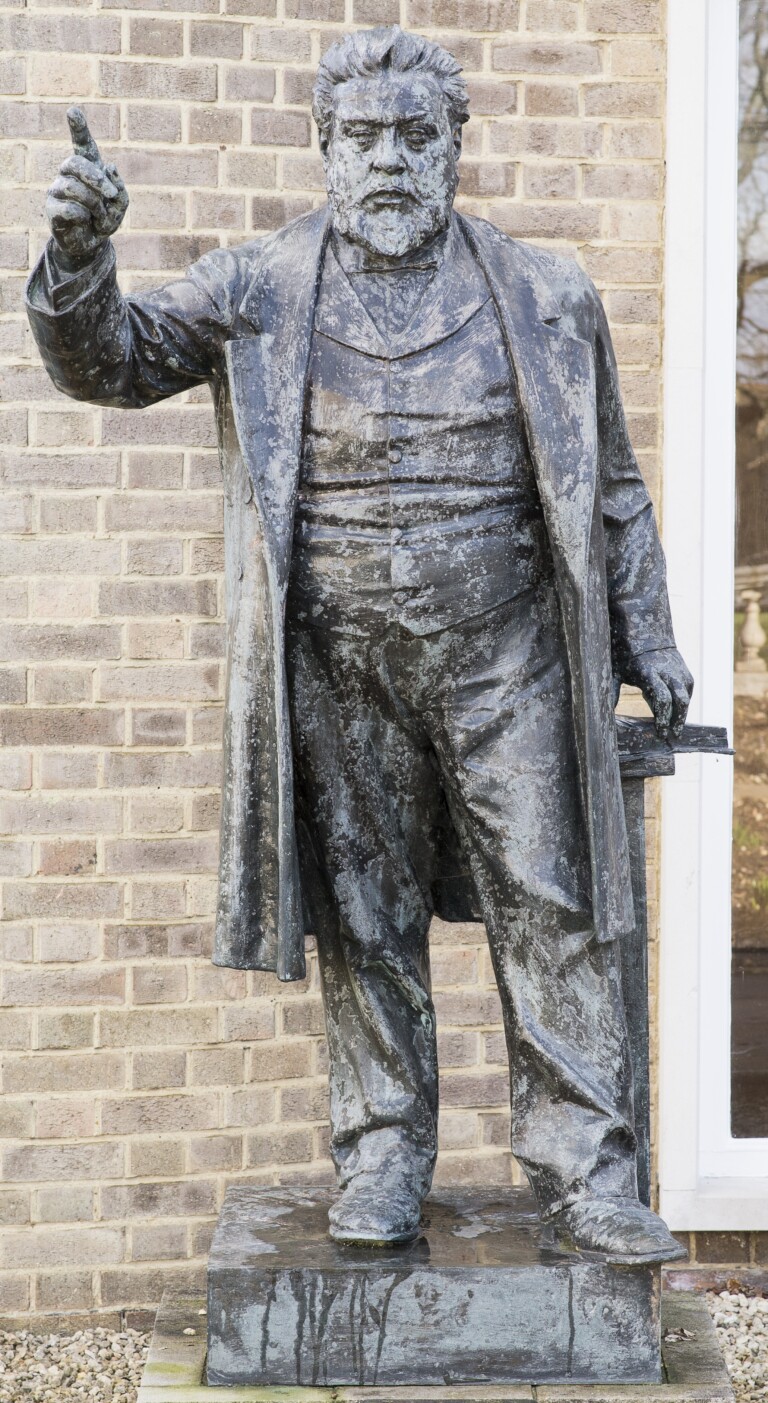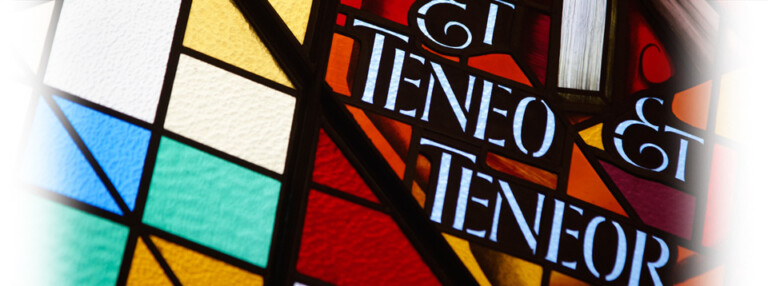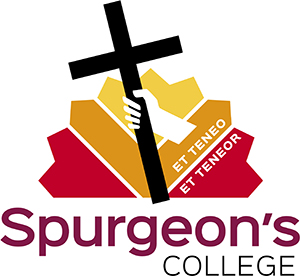It was only six years after his own conversion in 1850 at the age of 16 that Charles Haddon Spurgeon founded the college that bears his name. A gifted preacher and communicator himself, he wanted to train others to share in the task of bringing the ‘Good News’ to a needy world. During his lifetime nearly 900 pastors trained at the College and almost 200 new churches were planted in Britain alone.
From the beginning, Spurgeon recognised the plight of young men who were desperately keen for ministerial training but who had not received the formal academic education required for entry to the existing colleges. The College began with one student, Thomas Medhurst, whom Spurgeon placed in the care of a neighbouring Congregational minister, George Rogers, of Albany Road, Camberwell. The numbers of students attending classes at the home of Mr Rogers quickly grew and he was soon designated Principal of the Pastor’s College.
In 1861 classes moved to rooms in the basement of the newly built Metropolitan Tabernacle at Newington Butts (the area popularly known as “The Elephant and Castle”). However, conditions in the basement area, which Spurgeon himself described as “the dark subterranean rooms”, were increasingly unhealthy due to lack of ventilation and the problem of fumes from the gas lamps
By September 1874 new purpose-built premises had been opened in Temple Street, behind the Tabernacle, to house the rapidly growing numbers of students and to provide a more healthy environment. However, there was no residential accommodation for students and they had to lodge in private houses scattered in the immediate area and beyond. Some had to travel considerable distances each day to reach the College and this was proving less than satisfactory as the years went by.
By the early 1920s the College had outgrown its premises in Temple Street and so in 1920 the College Council appointed a committee to look for a house suitable for a residential college. In 1922 Mr Charles Hay Walker offered to give the property, known as Falkland Park, and some of the surrounding land in trust to the College, fulfilling the wish of his late wife, Fanny, who had died in 1918, to endow part of her own considerable fortune to the Baptist cause.

Originally built in 1890 for a Scottish tea merchant, Thomas McMeekin, and bought by the Hay Walker family in 1898, this large house on South Norwood Hill, was only half a mile from Spurgeon’s former home, Westwood. Therefore the College Council thought it especially appropriate to accept Mr Hay Walker’s generous offer and move the College to the area which Spurgeon had known so well.
Since 1923 the College buildings have been extended and improved to provide extra facilities, including a library, Chapel and student accommodation. Today the College community is as vibrant as ever, with both male and female students, covering a wide range of ages and ethnicities, some living on site but most living in the surrounding area or further afield. Spurgeon’s vision for the College, with its emphasis on preaching and pastoring, its commitment to evangelism and social concern continues today, as he would have wished.
The College Crest and Motto
“This is our College motto. We labour to hold forth the Cross of Christ with a bold hand among the sons of men, because that Cross holds us fast by its attractive power. Our desire is that every man may both hold the Truth, and be held by it; especially the truth of Christ crucified” – C. H. Spurgeon – Autobiography. Vol.II, p.150.
The College crest and motto originated in a book by Dora Greenwell, the 19th-century authoress. The device of the hand holding the cross was designed for her by G.D. Leslie, R.A. and was used in several of her publications. It is likely that Spurgeon saw the crest and motto in Dora Greenwell’s early writings and adopted it for the College, probably at the time when the College building was erected behind the Tabernacle in Temple Street.





